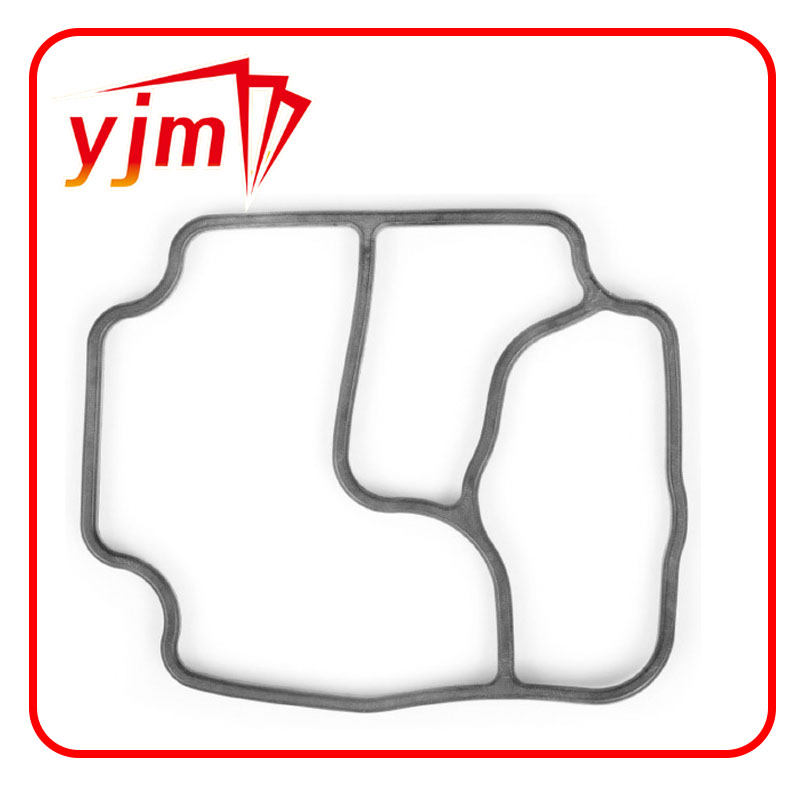oil pan and gasket
Understanding Oil Pans and Gaskets Essential Components for Engine Performance
Every vehicle's smooth operation relies heavily on the interaction of various components within its engine system. Among these components, the oil pan and its gasket play a critical role in maintaining engine health and efficiency. This article delves into the importance of the oil pan and gasket, their functions, common issues, and maintenance tips to ensure vehicle longevity.
What is an Oil Pan?
The oil pan, often referred to as the sump, is located at the bottom of an engine. Its primary purpose is to hold the engine oil that lubricates the engine’s moving parts. The oil circulates throughout the engine, reducing friction, dissipating heat, and preventing wear on critical components. The oil pan is usually made from metal or composite materials and is shaped to fit the contours of the engine block.
Additionally, the oil pan plays a significant role in the oil management system. It contains a pickup tube that draws oil from the pan and sends it to the oil pump. The pump then circulates the oil throughout the engine. Usually, oil pans are designed with baffles to minimize the movement of oil, especially during hard acceleration or turns, which helps maintain oil availability for the pickup tube.
What is a Gasket?
The gasket is a sealing material positioned between two surfaces to prevent leakage. In the case of the oil pan, it is essential for ensuring a tight seal between the oil pan and the engine block. Gaskets can be made from various materials, including rubber, cork, or silicone, depending on the temperature and pressure they need to withstand.
Importance of the Oil Pan and Gasket
Together, the oil pan and gasket are crucial for preventing oil leaks, which can lead to severe engine problems. A leak can cause a drop in oil levels and pressure, leading to inadequate lubrication and potential engine damage. Furthermore, oil leaks contribute to environmental pollution and can create hazardous driving conditions.
The integrity of the gasket is vital. Over time, gaskets can degrade due to extreme heat, exposure to chemicals, or mechanical wear. When a gasket fails, it can lead to catastrophic oil leaks, requiring immediate attention.
Common Issues with Oil Pans and Gaskets
oil pan and gasket

Several issues can arise with oil pans and their gaskets, including
1. Leakage The most common problem. As mentioned earlier, a worn-out gasket can lead to oil leaks. This can often be identified by puddles of oil under the vehicle or a noticeable drop in oil levels.
2. Cracks and Damage Oil pans made from metal can be prone to dents or cracks from road debris or improper handling during repairs. A cracked oil pan can result in significant leaks.
3. Corrosion For metal oil pans, exposure to road salt and other environmental factors can lead to rust. Corroded parts will weaken over time, leading to potential failures.
4. Improper Installation Incorrectly installing a new oil pan or gasket can result in alignment issues, leading to leaks. It is crucial to follow manufacturer guidelines during installation.
Maintenance Tips
1. Regular Inspections Regularly check for signs of oil leakage or a low oil level. Early detection can save costly repairs.
2. Replace Gaskets as Needed If you notice an oil leak or if the engine has been removed for servicing, consider replacing the gasket, even if it appears intact.
3. Avoid Over-tightening During installation, do not over-tighten bolts. This can cause the gasket to crush and lead to leaks.
4. Use Quality Parts Always use high-quality gaskets and, if necessary, oil pans when performing replacements. The right materials can prevent premature failure and ensure a longer lifespan.
In conclusion, the oil pan and gasket are integral to the engine's performance and reliability. Understanding their function and ensuring their proper maintenance can contribute significantly to your vehicle's longevity and efficiency. Regular checks and timely interventions can avert more severe engine issues down the road, ensuring a smooth and safe driving experience.
-
oil-drain-plug-washer-reusable-types
News Aug.22,2025
-
oil-drain-plug-replacement-guide
News Aug.22,2025
-
heavy-duty-seal-waterproof-features
News Aug.22,2025
-
engine-oil-seals-installation-guide
News Aug.22,2025
-
seal-oil-for-sale-high-temperature-grade
News Aug.22,2025
-
cassette-seal-compact-design
News Aug.22,2025
-
Simplifying Oil Changes: A Comprehensive Guide to Oil Drain Plugs and Their Variants
News Aug.04,2025
Products categories















